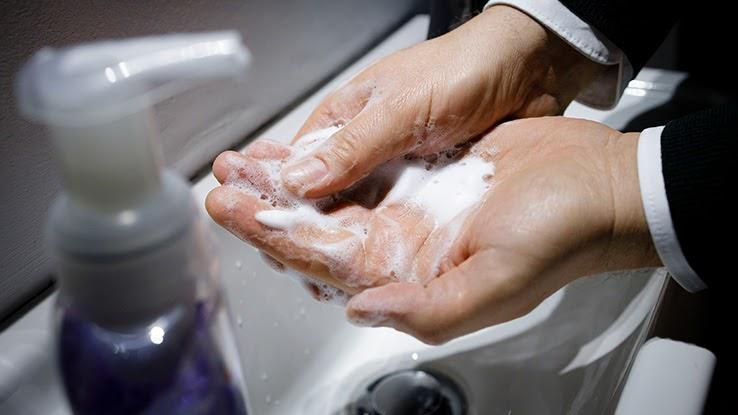
Foaming hand soap is a simple way to make any bathroom feel a bit more fun and modern. Whether you enjoy the feel of the foam in your hands or just have a bad habit of not lathering up the soap otherwise, there are plenty of reasons to enjoy this new take on personal hygiene. That said, there is one thing about foaming hand soap that is decidedly not fun: the price. Unlike liquid soap, which can be replaced without buying a new container, or bar soap, which is its own replacement, you can’t purchase more foaming hand soap without buying a new dispenser.
To get around this problem, many people have started making their own foaming hand soap at home. While hand soap isn’t as effective as liquid or bar soap, and refilling any kind of soap dispenser comes with some sanitation concerns, creating your own foaming hand soap can save money and be a fun DIY project. Best of all, making it is a simple process that can be completed in well under 10 minutes.
Making Your Own Foaming Hand Soap
You can find numerous recipes for making foaming hand soap around the web. Generally speaking, however, they all require only a few items: a foaming soap dispenser (as opposed to a regular one), liquid soap, water and an essential oil for scent (although the latter is optional). While Castile soap is a popular choice, any kind of liquid soap will do. You can either reuse a plastic foaming soap dispenser or buy a glass one off a site like Amazon, but you will need it to be a foaming dispenser — regular ones don’t have the proper pumping mechanism.
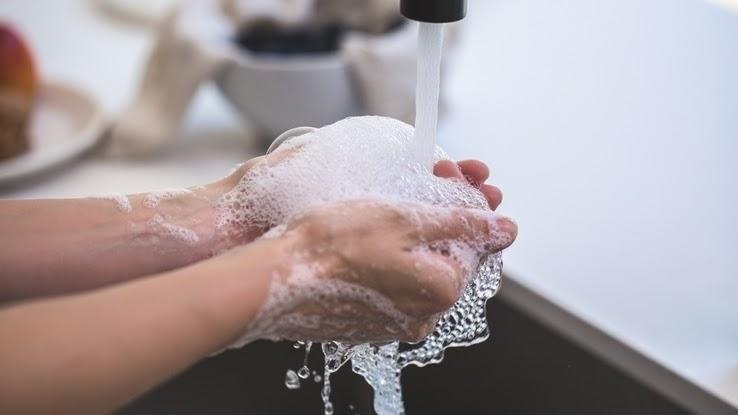
The exact ratio of soap and water you want to use varies from formula to formula you find on the web, but you’ll probably want to aim for about one part soap to four parts water. Pour the water into the dispenser first before adding the soap to ensure it doesn’t begin foaming prematurely. Add any essential oils you want to use or even a half tablespoon of olive or almond oil, and then close the container and lightly shake it to mix the soap. Viola! Foaming hand soap.
How Foaming Soap Dispensers Work
Foam hand soap is undeniably convenient. When you create this mixture of soap and water, the foam becomes its own lather, meaning that you don’t have to make your own as you wash your hands. Even so, there’s nothing special about the soap mixture itself that makes this solution foam when squirted onto your hands.
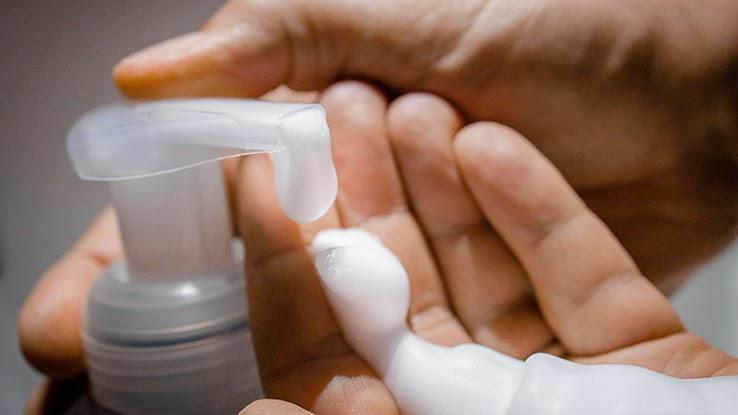
The secret lies in the pump of the dispenser itself. A foaming hand soap pump has two parts that work together: the chamber that contains the soap mixture, and a second chamber that forces air into the mixture. Where a regular soap dispenser pumps out its solution as is, foaming soap dispensers add air to it as it comes out. This allows the dispenser to create foamy soap even when the liquid inside doesn’t seem foamy beforehand.
The Advantages of Foaming Hand Soap
Foaming hand soap isn’t just convenient and pleasant; there are also distinct advantages to using a soap that foams. The most obvious benefit is that it uses much less soap per handwashing, which saves you money in the long run. You can stretch a bottle of liquid soap much further, giving you more bang for your buck.

Using foaming hand soap is better for the environment as well. The saving on soap means that you’re using less packaging, especially if you recycle existing foaming hand soap bottles. You also use 15 percent less water if you wet your hands before you apply the soap or 45 percent less water if you don’t get your hands wet first. Less water usage is better for the planet and can save you money on your water bill.
The Disadvantages of Foaming Hand Soap
However, there are also distinct downsides to using foaming hand soap — homemade or otherwise — that you should take into consideration before making the switch. While foaming hand soap saves on money, there’s also evidence that it’s less effective at getting rid of bacteria and other germs. Foaming soap tends to produce a less dense lather than bar or liquid soap, and people may be overconfident while using it and believe their hands are clean before they actually are.
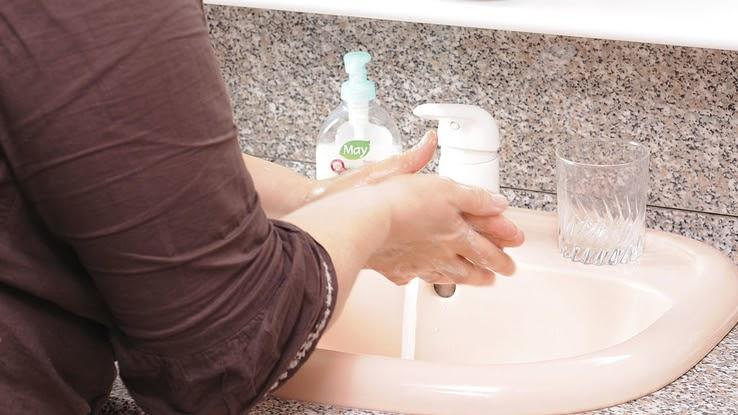
On top of that, refilling a soap container rather than buying a new one tends to spread bacteria in general, whether you use foaming, bar or liquid soap. That’s because it presents an opportunity for bacteria to be introduced into the soap, which means that you’re basically squirting germs onto your hands.
Because it’s the hot water in handwashing that kills germs rather than the soap, not all of the germs in the soap will survive washing up. Even so, it’s better not to add more germs to your hands in the first place, so disposable soap dispensers are still the more hygienic choice.
The Benefits of Washing Your Hands
Regardless of what kind of soap you choose to use, washing your hands has been shown to make a difference in preventing the spread of germs. You touch your face several times a day, even when you don’t realize it, and clean hands can help prevent infections and viruses that enter through your eyes, nose and mouth from reaching your body.
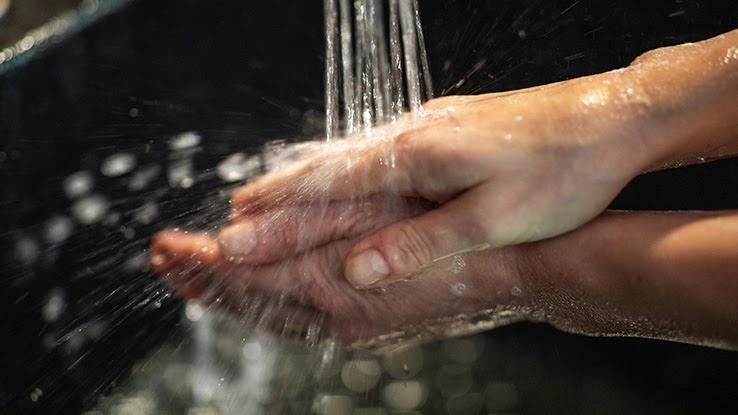
Germs can also live for hours on surfaces that multiple people touch, so washing your hands is key to keeping those germs from moving onto and into your body. Not washing your hands can also allow germs to pass onto any foods or drinks you prepare, which in turn can also get other people sick. Overall, hand washing can prevent about 30 percent of diarrhea-related illnesses and 20 percent of respiratory illnesses.





